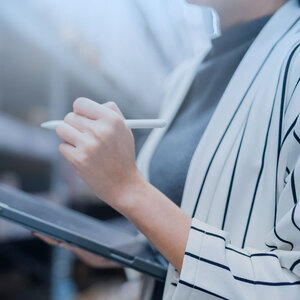The efficiency and effectiveness of the supply chain are essential for the success of any company. In this context, the service level is a fundamental pillar that directly influences customer satisfaction and business profitability. In today's article, we will delve into what the service level is, its importance for companies, the factors that can influence it, strategies for improvement, key indicators to measure it, and the common challenges faced in its management. Don't miss it!
What is the service level in the supply chain?
The service level in the supply chain refers to a company's ability to meet its customers' expectations and needs regarding product availability, delivery times, and service quality. It is a metric that evaluates how efficiently a company can fulfill customer orders within the agreed timelines and conditions. This concept encompasses various aspects, from the accuracy in order preparation to the agility and reliability in product delivery.

The importance of service level for companies
The service level is vital for companies for several reasons. Firstly, a high service level contributes to customer satisfaction, which is crucial for fostering brand loyalty and repeat purchases. Satisfied customers are more likely to recommend the product, thus generating a positive effect in attracting new customers and acting as ambassadors for the company itself.
On the other hand, a good service level can differentiate a company from its competitors. In saturated markets, where products and prices may be similar, the quality of the service offered can be the decisive factor that tips the scales in favor of one company over another. However, a low service level can lead to significant losses, as dissatisfied customers may opt for alternative suppliers, negatively impacting sales and the company's reputation.
Factors influencing the service level
The service level in the supply chain is determined by several interrelated factors. The most relevant ones are analyzed below:

Inventory management
Inventory management is a key factor in the service level. Maintaining an adequate balance between supply and demand is crucial to avoid both stockouts and overstock. Good inventory management involves accurately forecasting market needs and having enough products available to meet them without incurring unnecessary costs.
Coordination with suppliers
The relationship with suppliers also plays a crucial role in the service level. Smooth communication and effective coordination with suppliers ensure that the necessary materials and products are available on time. Delays or errors in the supply can negatively impact the company's ability to meet agreed delivery times with its customers. Therefore, strategies like Vendor Managed Inventory (VMI) can be interesting for maintaining adequate stock levels.
Logistics and transportation
Logistics and transportation are other determining factors for a good service level. Well-planned logistics and an efficient transportation network allow products to reach customers within the stipulated time and in optimal condition. The choice of appropriate transportation methods and the optimization of delivery routes are essential for improving the service level.
Technology and automation
The incorporation of technology and process automation are fundamental for improving the service level. Supply Chain Management software (SCM), enterprise resource planning (ERP) software, and data analysis tools enable more efficient and accurate management of all aspects of the supply chain. Automation reduces human errors and improves the agility and accuracy of operations.

Strategies to improve the service level
To raise the service level, companies can implement various strategies. Below are some of the most effective ones:
Implementation of inventory management systems
The adoption of advanced inventory management systems, such as Just in Time (JIT) or ABC segmentation, allows companies to optimize the amount of inventory stored. These systems help to more accurately forecast demand and maintain adequate stock levels, thereby reducing the risks of stockouts or excess inventory.
Improvement of communication with suppliers
Promoting open and constant communication with suppliers is essential to improving the service level. Establishing collaborative and trust-based relationships, as well as using shared information systems, facilitates coordination and reduces response times to any eventuality in the supply of materials or products.
Optimization of logistical processes
Optimizing logistical processes is another key strategy. This includes improving transportation routes, choosing the most efficient modes of transportation, and implementing technologies such as real-time shipment tracking. These measures not only improve operational efficiency but also increase the timeliness and reliability of deliveries.
Use of advanced technology
The use of advanced technology, such as the Internet of Things (IoT), artificial intelligence (AI), and machine learning, enables companies to collect and analyze large volumes of data in real time. This capability improves decision-making and allows for more proactive supply chain management, anticipating potential problems and optimizing available resources.

Key KPIs to Measure the Service Level
To evaluate the service level and its evolution, companies should use key performance indicators (KPIs). Below are some of the most important ones:
Order Fulfillment Rate
The order fulfillment rate measures the proportion of orders completed within the agreed time and form. It is a direct indicator of the company's ability to meet customer expectations and is crucial for assessing operational efficiency.
Order Cycle Time
The order cycle time refers to the period between receiving an order and delivering it to the customer. A reduced cycle time indicates greater efficiency in supply chain management and contributes to increased customer satisfaction.
Customer Satisfaction Level
The customer satisfaction level is a qualitative indicator that reflects customers' perception of the service received. It can be measured through surveys, comments, and feedback analysis, providing valuable information on areas for improvement.
Return and Complaint Rate
The return and complaint rate indicates the proportion of products that are returned or about which complaints are filed. This indicator helps to identify problems in product quality or the delivery process, allowing corrective actions to be taken to improve the service level.
Common Challenges and How to Overcome Them
Improving the service level is not without challenges. Below are some of the most common ones and strategies to overcome them:

Inventory Management During Periods of High Demand
During periods of high demand, managing inventory can be a real challenge. To overcome this challenge, it is essential to have accurate and flexible demand forecasting systems that allow for rapid adjustments to stock levels. Additionally, maintaining constant communication with suppliers and having contingency agreements can help ensure the supply of products.
Coordination in Complex Supply Chains
Supply chains involving multiple actors and geographies can be difficult to coordinate. The implementation of integrated information systems and the use of technologies such as blockchain can improve transparency and traceability, facilitating coordination among the different parties involved.
Adapting to New Technologies
The rapid technological evolution represents a constant challenge. Companies must be willing to invest in training and upgrading their systems to maintain their competitiveness. Adopting a proactive approach to innovation and fostering a change-oriented corporate culture can facilitate adaptation to new technologies.
Improving the Service Level to Be More Competitive
The service level in the supply chain is crucial for the success of any company. Improving this aspect involves understanding its importance, identifying the factors that affect it, and applying effective strategies to optimize it. Measuring the service level through key indicators allows for performance evaluation and necessary adjustments. Although there are challenges, with proper management and the use of advanced technologies, it is possible to achieve high service levels that result in increased customer satisfaction and sustained competitive advantage in the market.
At Imperia, we have the tools to improve the service level of companies, optimizing their supply chains and helping them achieve operational excellence. With our demand planning, purchasing, and production software, we can adapt to the needs of each company, offering a completely personalized solution. If you want to know more, request a free demo !
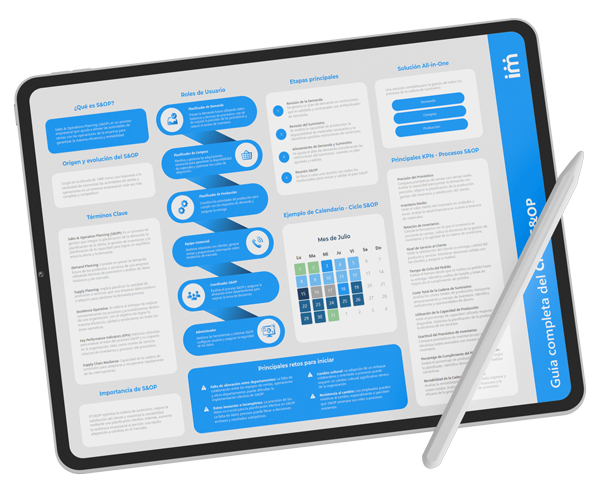
Enter your email and download the content
In supply chain management, identifying key processes and managing them on time can make the difference between success and failure.





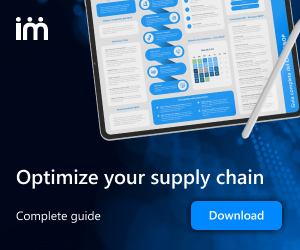
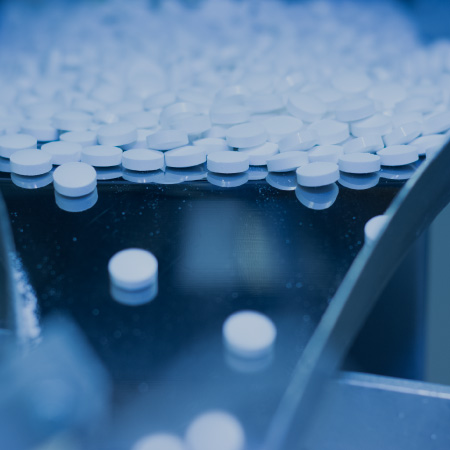





























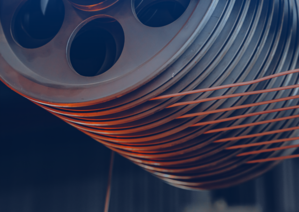












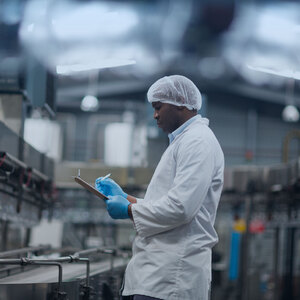












 Imperia_thumbnail.jpg)

















